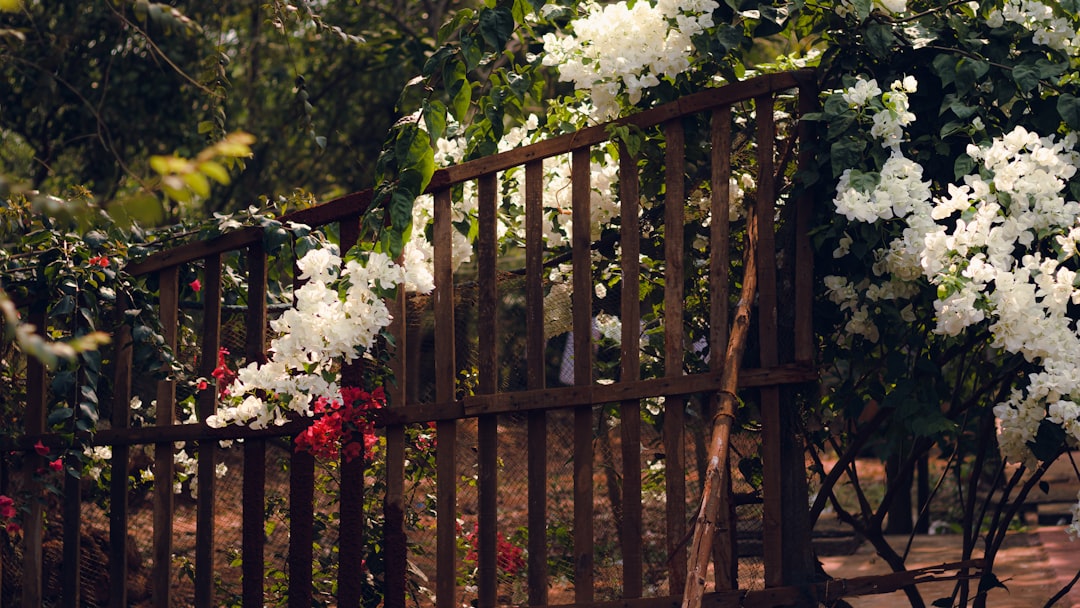Unveiling the Secrets of Leucothoe: A Gardener's Delight

Leucothoe, an often - overlooked gem in the world of gardening, is an undemanding and incredibly attractive evergreen shrub that can bring multiple benefits to your landscape. Whether you're a novice gardener or a seasoned horticulturist, understanding how to grow and care for this plant can transform your outdoor space.
### Understanding Leucothoe
Leucothoe belongs to the Ericaceae family. It has a unique charm with its arching branches and glossy, lance - shaped leaves. The foliage color can vary from deep green to bronze, especially in the colder months, adding year - round interest to your garden. Some varieties also produce delicate, bell - shaped white flowers in the spring, which not only look beautiful but also attract pollinators.
### Choosing the Right Location
One of the first steps in growing leucothoe successfully is selecting the appropriate location. This shrub thrives in partial to full shade. In areas with intense sunlight, the leaves may scorch, so it's best to plant it under the canopy of larger trees or on the north - facing side of a building. However, some morning sun can be beneficial for flower production. The soil should be well - drained, acidic, and rich in organic matter. You can test your soil's pH level using a home testing kit. If the soil is too alkaline, you can amend it by adding peat moss, pine needles, or sulfur.
### Planting Leucothoe
When planting leucothoe, dig a hole that is twice as wide and just as deep as the root ball. Gently loosen the roots before placing the plant in the hole. Backfill the hole with a mixture of the native soil and organic matter, such as compost or well - rotted manure. Water the plant thoroughly after planting to settle the soil around the roots. Space multiple plants at least 3 to 5 feet apart to allow for proper air circulation and growth.
### Watering and Fertilizing
Leucothoe prefers consistently moist soil but does not tolerate waterlogging. During the first growing season, water the plant regularly, especially during dry spells. Once established, it can tolerate some drought, but it's still a good idea to keep the soil moderately moist. Apply a layer of mulch around the base of the plant to help retain moisture and suppress weeds. As for fertilizing, use a slow - release, acid - loving fertilizer in the spring. Follow the manufacturer's instructions for the correct application rate.
### Pruning
Pruning is an important part of leucothoe care. You can prune the shrub in late winter or early spring before new growth begins. Remove any dead, damaged, or diseased branches. You can also shape the plant by selectively pruning back overgrown branches. However, avoid heavy pruning, as leucothoe may not respond well to severe cuts.
### Pests and Diseases
Leucothoe is relatively pest and disease - resistant. However, it can be susceptible to some common problems. Spider mites and aphids may occasionally infest the plant. You can control these pests by spraying the plant with a strong stream of water or using an insecticidal soap. Root rot can be a problem if the soil is poorly drained. To prevent this, ensure proper soil drainage and avoid over - watering.
In conclusion, leucothoe is a versatile and rewarding shrub to grow in your garden. With the right growing conditions and care, it can become a focal point in your landscape, providing beauty and functionality for years to come.